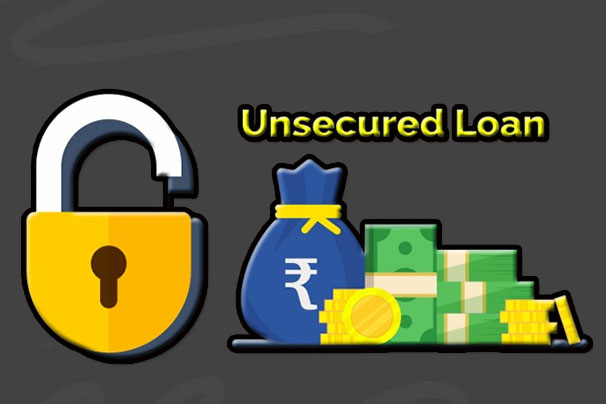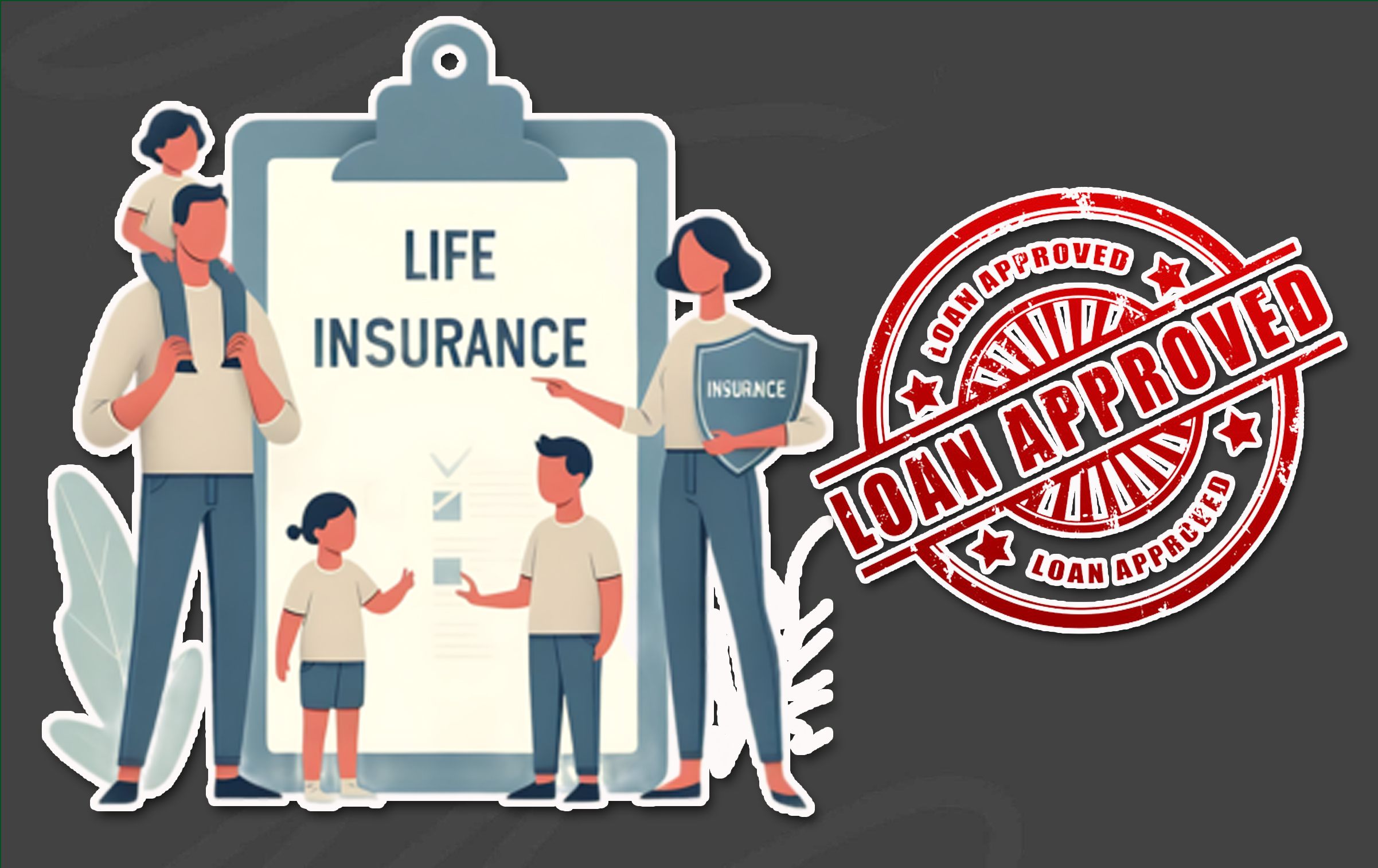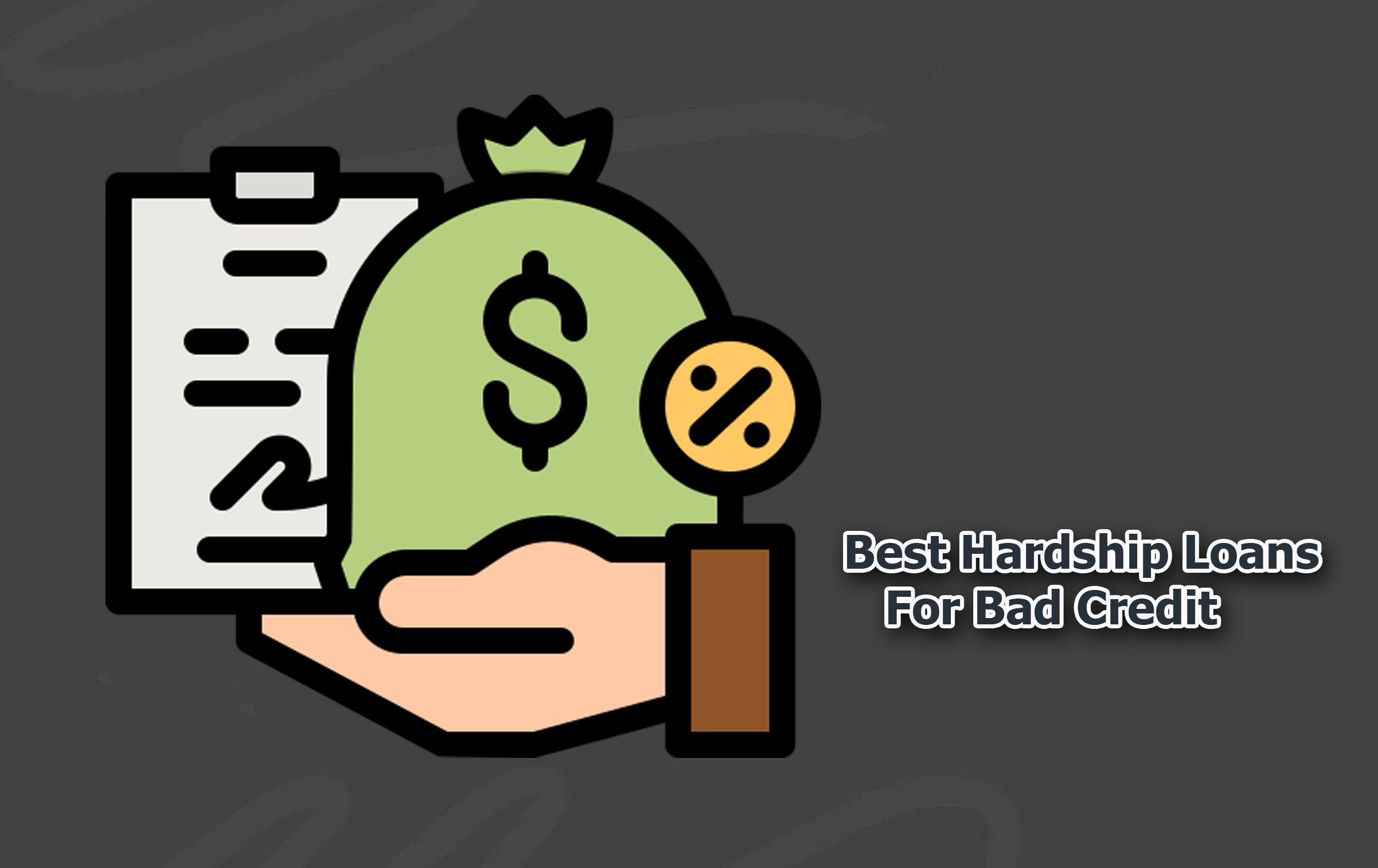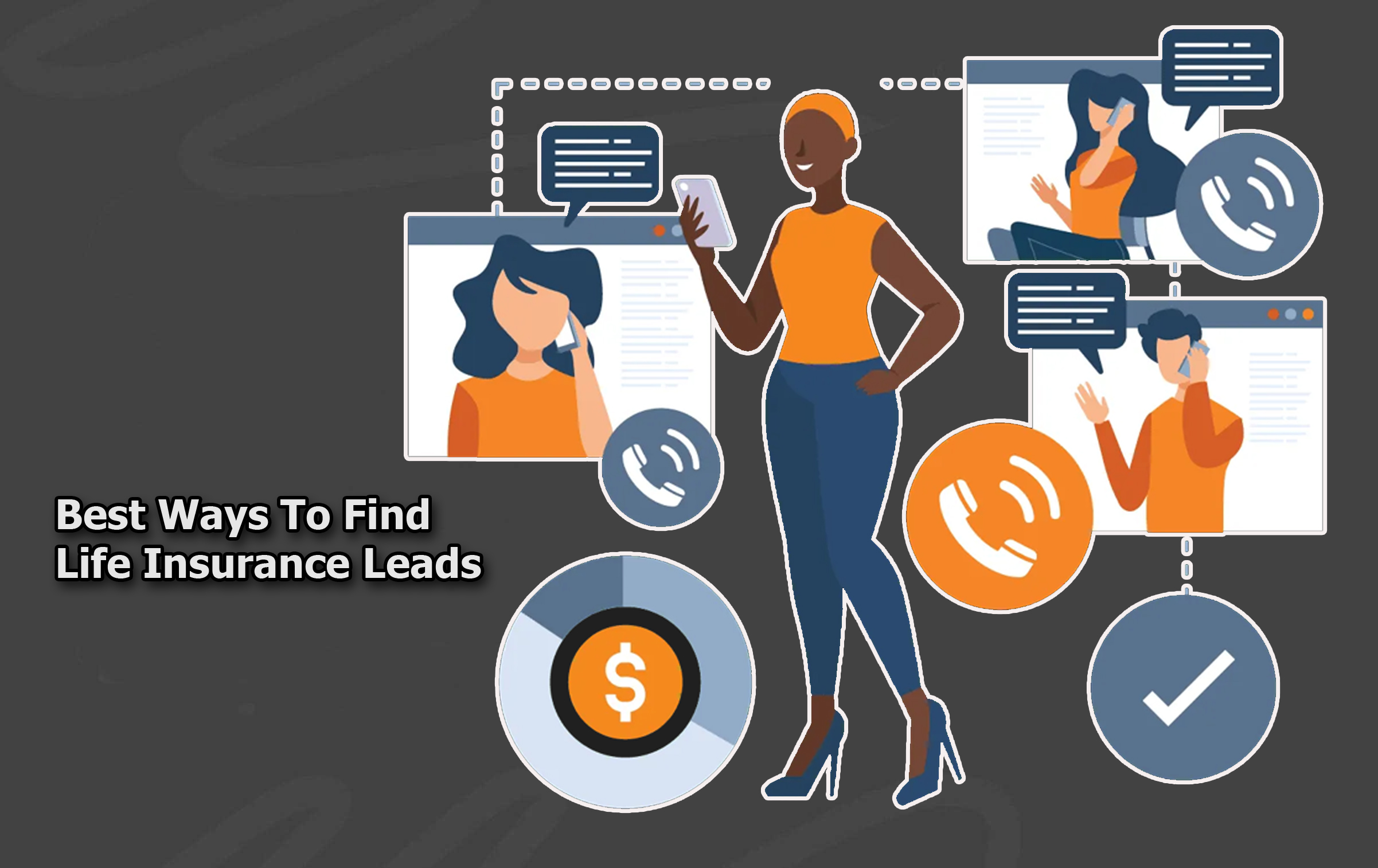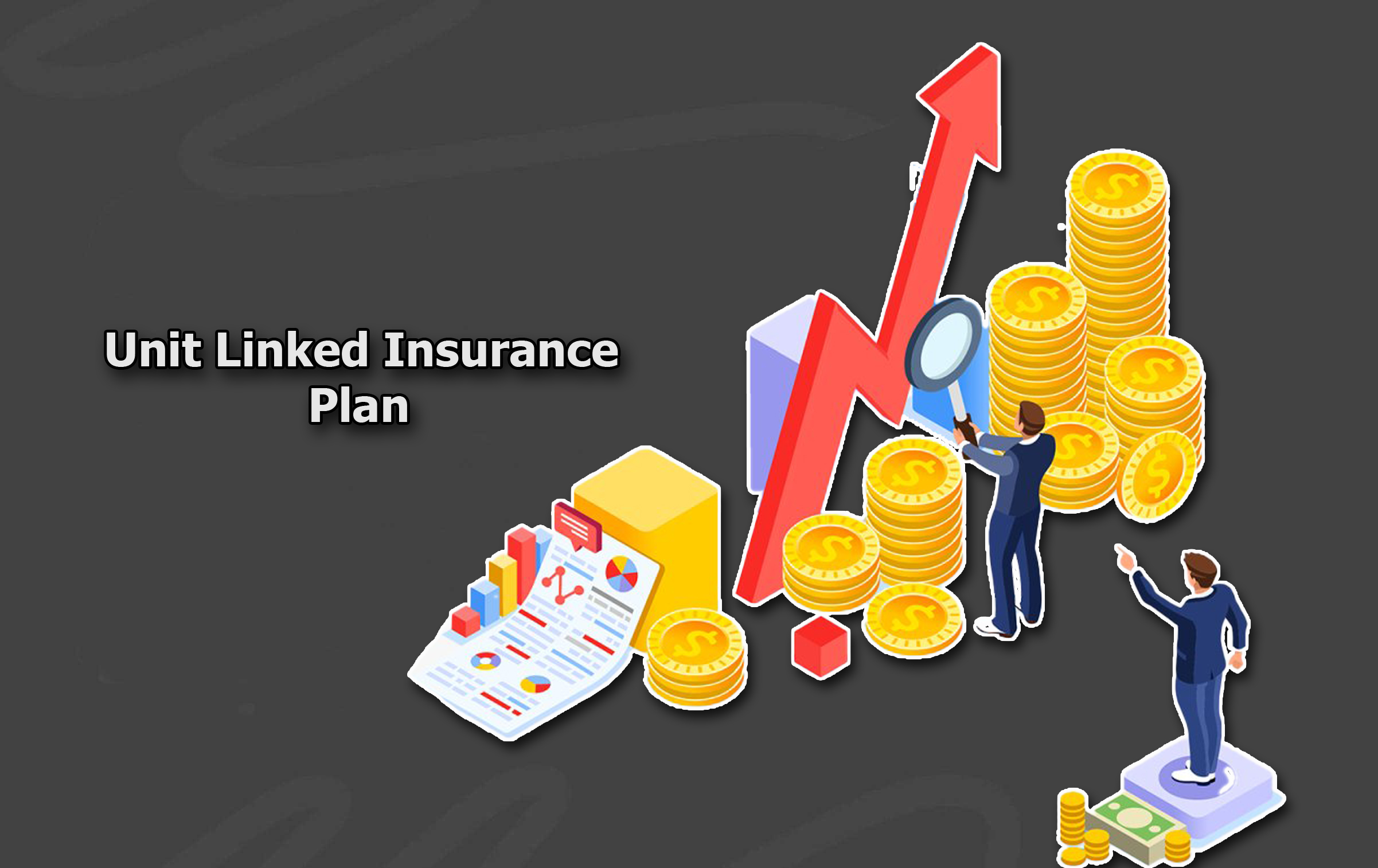Prosper Loans is one of the most popular peer-to-peer lending platforms in the United States. They are designed to help individuals gain access to personal loans without going through the route of traditional banks.
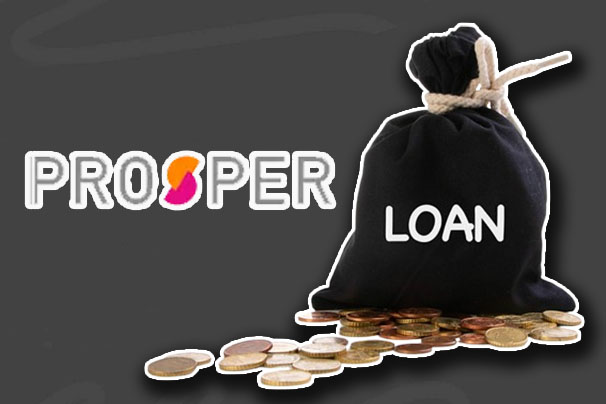
Established in 2005, Prosper has its main goal to create a more transparent and efficient loan process by directly connecting borrowers with investors. This lending platform attends to over a million borrowers and billions in loan funding. What’s more, Prosper offers loans ranging from $2,000 to $50,000 for various purposes, such as debt consolidation, home improvement, medical expenses, and more.
Additionally, one of the main standout features of Prosper Loans is its flexibility. This feature allows borrowers to access competitive rates without extensive credit history. Now while the interest rates vary based on creditworthiness, this platform also offers an option for individuals who may not qualify for traditional loans.
What are Prosper Loans?
Prosper Loans are simply personal loans that are offered through a peer-to-peer lending platform. Prosper fully operates as a marketplace, which differs from the traditional lending models where banks or credit unions provide funding. What’s more, with Prosper, Individual investors or institutional lenders fund loans, thus allowing borrowers to access financing more flexibly.
Additionally, the loans obtained through Prosper can be used for a variety of purposes, including Debt consolidation, home improvement, medical expenses, wedding costs, business expenses, and other major purchases.
The platform offers fixed-rate loans, which allows borrowers to know upfront what their interest rate and monthly payment amounts will be throughout the life of the loan.
Prosper Loan Interest Rates and Fees
The interest rates you get on Prosper loans are determined based on a borrower’s credit score and other financial factors. Also, these interest rates range from 7.95% to 35.99% APR. The higher your credit score, the more likely you are to receive a lower interest rate.
Here is a breakdown of Prosper’s interest rate ranges based on credit ratings:
- Excellent Credit (750+): Rates as low as 7.95% APR
- Good Credit (700-749): Rates typically around 10.00% to 14.00% APR
- Fair Credit (640-699): Rates may range from 14.99% to 24.99% APR
- Poor Credit (below 640): Rates can be as high as 35.99% APR
Fees
There are also additional fees that are charged by Prosper, which include:
Origination Fee: This fee ranges from 2.4% to 5% of the total loan amount. This fee is deducted from your loan before it’s deposited into your bank account.
Late Payment Fee: If your payment is more than 15 days late, you will be charged a fee of $15 or 5% of the unpaid installment amount. It all depends on whichever one if greater.
Check Processing Fee: If you make the decision to pay by check instead, there is a $5 processing fee for each payment made this way.
No Prepayment Penalty: Prosper does not charge a fee if you choose to pay off your loan early, which can save you money on interest.
These are the interest rates and fees associated with taking out a Prosper loan.
Eligibility and Application Process
Here are the eligibility requirements and application process of Prosper loans:
To qualify for a Prosper Loan, you must meet the following basic criteria:
- Minimum Credit Score: Prosper requires a minimum credit score of 640 or more from a borrower.
- Employment History: Before you can take out a Prosper loan, you should have a stable employment history. However, this is a requirement that can vary.
- Income Verification: You will need to provide proof of income to show you can repay the loan.
- Debt-to-income Ratio: Prosper typically looks for a debt-to-income ratio below 50%. This means your total monthly debt payments should be less than half of your gross monthly income.
- U.S. Citizenship or Residency: Another requirement is that only U.S. citizens or permanent residents can apply for Prosper Loans.
The Application Process
The application process with Prosper is straightforward and simple enough that anyone can carry it out alone. Here is how the process of applying for a loan from Prosper works:
- Online Pre-Approval: You start the process of applying for a loan by first entering basic information online. This information includes your desired loan amount and reason for the loan. Also, this will require a soft credit check, which will not affect your credit score.
- Rate Offer: Next, based on your information, Prosper will provide a rate offer within minutes. This will show you the estimated interest rate and loan terms included.
- Documentation and Verification: If you accept the offer, you must submit documentation such as proof of income and identification. Prosper may also verify your employment.
- Funding: Once your loan is funded by investors, the money will be transferred to your bank account. This disbursement usually happens within 1 to 3 business days.
These are the simple steps to apply for a loan from Prosper. Moreover, you are well-informed about the fees and interest rates associated with the borrowed personal loan.
Advantages of Prosper Loans
Here are some of the main benefits and advantages you get when you take out a personal loan from Prosper:
- Loan Amounts: Prosper offers varying loan amounts that range from $2,000 to $50,000. With these privileges, it provides flexibility to meet different financial needs.
- No Prepayment Penalty: Borrowers can conveniently pay off their loan early without incurring extra fees, thus saving more on interest.
- Transparent Process: The peer-to-peer lending model allows borrowers to see exactly who is funding their loan, which makes the process more transparent.
- Competitive Rates: If you are a borrower with good to excellent credit, you can qualify for lower interest rates, making it more affordable than other credit card options.
- Quick Funding: Most loans are funded and transferred within 1 to 3 days. This feature makes Prosper a reliable option for those who need fast access to cash.
These are some of the top benefits you get with acquiring Prosper loans to solve your financial needs.
Drawbacks of Prosper Loans
Here are some of the risks you should also consider before you take out a loan from Prosper:
- High Rates for Poor Credit: If you a borrower with a lower credit score, you may face higher interest rates up to 35.99%. This increased price eventually makes the loans more expensive.
- Origination Fees: Prosper charges an origination fee between 2.4% and 5%, which is deducted from the loan amount before it’s deposited.
- Strict Credit Requirements: The minimum credit score you must have before you take a loan from Prosper is 640. However, this may exclude individuals who have poor credit or limited credit history from qualifying.
- Limited to U.S. Residents: Another setback of these loans is that only U.S. citizens and permanent residents are eligible for Prosper Loans.
These are some of the setbacks you may face when you deal with Prosper loans. If you are a borrower dealing with poor credit scores, then you might want to try other lending alternatives or speak with a Prosper agent about your case.
Frequently Asked Questions
How Does Prosper Determine My Interest Rate?
Prosper will evaluate factors like your credit score, income, debt-to-income ratio, and other financial factors to determine your interest rate.
How Long Does It Take To Get Funded By Prosper?
Once you are approved and your loan is funded by investors, the funds are typically transferred to your bank account within a day to 3 business days.
Can I Pay Off My Prosper Loan Early?
Yes, Prosper allows borrowers to pay off their loans early without dealing with any prepayment penalties.
